GRANADA requires a neck with 360-degree movement, some billowing hippy trousers and an empty tapas-hungry stomach.
The reign of the last Muslim king of Spain ended in 1492. The king was known fondly as Boabdil or el chico (the boy). He was forced to abandon the city and palace he called an “earthly paradise”. Whilst passing over the mountain el Suspiro del Morro (The North African sigh) on his way to the coast, Boabdil took one last look over his beloved Granada. Tears began to fall from his eyes. His mother comforted him with: “Weep like a woman for you were unable to defend your kingdom like a man.” I imagine this made him cry more.
We actually hiked over El Suspiro del Morro on a free night tour offered by our hostel. It was a death-defying climb over a powdery dry forest floor, especially for my friend wearing Roman sandals. It is also the source of most of the legends (and facts) I’m going to tell you about.
So, the Holy Empire ruled over Granada once more. Carlos V moved into the Alhambra palace in 1525. The two cultures, Islamic and Christian, endeavoured to live together in harmony. Power struggles did surface. I mean, power and struggles are the (unfortunate) way of the world, right? But the people of Granada had already learnt the art of tolerance and adaptation. Convivencia (coexistence) had developed. Carlos V spent some time trying to convert the Muslim people who lived in the hilly wind-tunnel streets of the Albaicín. Carlos demanded, half-heartedly it seems, that they no longer spoke their Arabic language and stopped practicing their religious customs. He wanted them to exchange the amulets that they carried around their necks for crosses. He even ordered them to change their names. The Moors retaliated, fed up with years of struggle and war – both civil and within their own ranks, and against the Spanish Crusaders – with a big pay-out that suited Carlos, and sent Christopher Columbus on his way to India (he discovered America instead, but that’s okay). And so harmony lasted.
As a result of this fusion of cultures, Granada developed into a wonder. Of course, the Alhambra is incredible and I’ll talk about it later, but the unique quality of Granada is in the convivencia. The streets are full of music. There are live bands made up of hoards of different instruments, influences and people, united under a blend of jazz, ska and reggae. There are communes where people experiment with sustainable living and sharing. You can find the rather ironically named Alhambra beer – I recommend it with a dash of limón – which is always accompanied with loaded plates of tapas. On hearing about the free tapas, I expected, with cynicism, a plate of olives or crisps in a bowl. But no, we got meat, potatoes, empanadas, fish and sauces. It was all served in huge delicious portions. Then, you can find Moroccan tea houses called Teterías (I’m unsure of the origin of this word but I presume it has little to do with tetas) and aromatic tagines served in dark sparkly restaurants. There are bazaars full of leather, glittering patterns and silky scarves. You should probably just go to Morocco for all of those things but we enjoyed wandering and bartering, marvelling at the diversity from street to street.
The Alhambra; an earthly paradise it is. Moorish poets described it as “a pearl set in emeralds.” Its name translates as The Red Palace, the reason for this is mysterious. There are many legends. Some say the hue in the stone that was used is rosy, others reveal the mortar was made from the blood of the strongest warriors.
One piece of advice: book your tickets in advance. Yes, people said “relax, Katie, you’re in Spain”. Yes, they said “I’m an on-the-day-kind-of-person”. If you want to get up at 6am and queue for hours in the hope of a spare ticket for that day (and no, you can’t anticipate a ticket for the following day, you just have to queue up all over again) then please do. This organisational queen bought everyone’s ticket online three days before and we explored the Alhambra for hours.
Arabic patterns made from colourful tiles and beautiful scriptures adorn every room. The pointed horseshoe arches and grand pillars form shapes around you, leading you past magical pools and through serene courtyards. Second piece of advice: look up! Every room has six intricately sculpted surfaces so crane your neck and view the ceilings. Then look out at the preened gardens; orange trees, honey suckle and butterflies. Water flows all over the Alhambra in perfect tranquillity. Finally, there are photographic opportunities everywhere, as you can see!

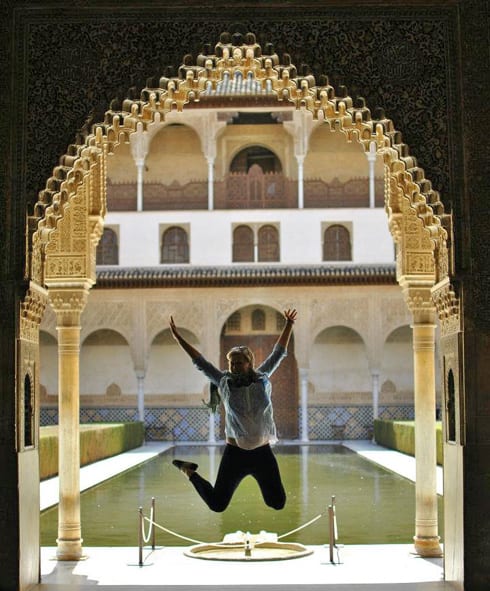



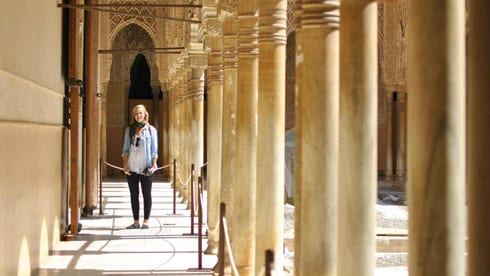
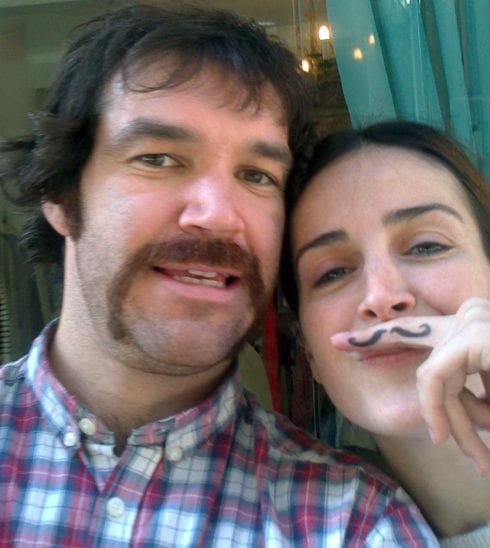
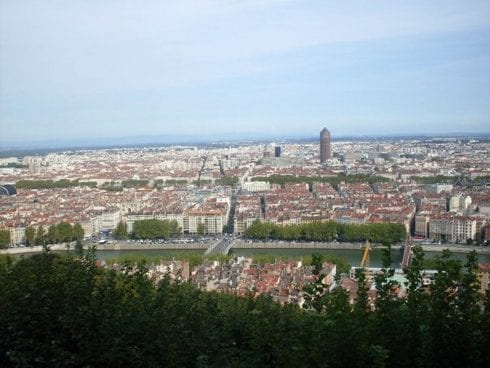
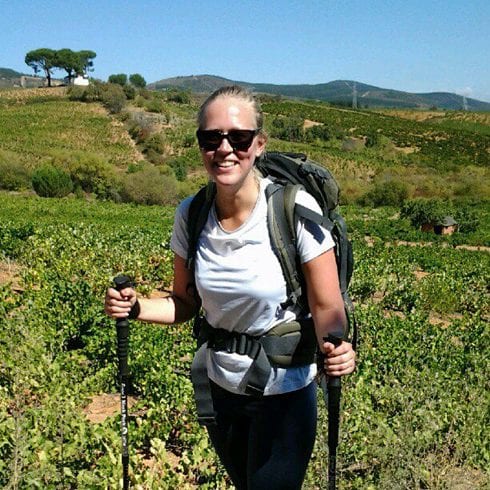


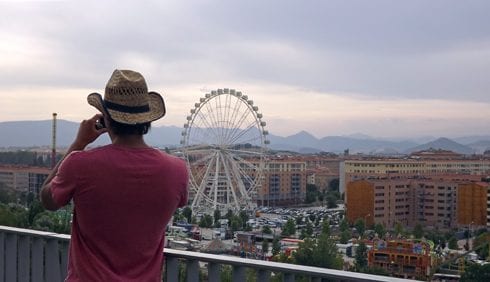



A good article about one of my favourite Spanish cities.
Sorry to be pedantic, but your article has quite a few inaccuracies :(
The translation is wrong – it means “The Moors Last Sigh”. Suspiro del Moro isn`t a high mountain pass as such, it is a rather unremarkable piece of land, adjoining the motorway between Otura and Padul. Has a really tatty campsite next to it. Shame. Sure it is at 860M, but to be fair, Granada is on a high plateau, but “Suspiro” is pretty damn flat location. Be curious to know where you were, given that Oturn/Padul are 20Km(ish) outside Granada. Death-defying? Only if you ran across the motorway to get to it ;)
Boabdil (Abu `Abdallah Muhammad XII) was on his way to the Alpujarras, where he was to begin his exile, when this event took place. He stayed there on an estate provided for him, before finally returning to Fez, Morocco much later.
Alhambra means “Red Castle” and not “Red Palace”, although the original Arabic would translate more accurately as “The Red One”. Look at the Alhambra in late afternoon/early evening and the sun bathes it, er, red, hence it´s name.
Re accessing the Alhambra – you have to book or buy tickets in advance. You can`t rock up and expect to get in – as a UNESCO site, they take the number of visitors quite seriously and are unusually strict (for Spain, that is) about this.
Finally, Teteria means Tea Room and has nothing to do with breasticles. Shame.
Soz
Yossa
(Brit in Granada)
I`ll get my coat…
Ah Yossa, well I guess we all have different sources here!
Legends are often inaccurate and mysterious and Granada seemed to be full of them. I did explain that I was writing about legends that I was told on my travels, so I hope people do take them with a pinch of salt, as I did.
Our tour guide told us we were in the spot where Boabdil cried (on El Suspiro del Moro) but who knows, hey? Maybe he didn’t deserve the €5 tip I gave him! And the mountain-like hill was so steep. We had to climb on our hands and knees past caves (you most definitely wouldn’t be able to do a tour like that in the UK – health and safety and all.) We had fun though!
El Alhambra does have a rosy glow in the afternoon but legend has it, it’s not just down to the sun, so who knows…
Thank you for some local information that perhaps tourists don’t receive. If you ever come to the North of Spain, I hope my blog will be useful in the same way. Enjoy Granada – it’s a wonderful place.
It seems to me that Yossa is quite correct about the translation and location of “Suspiro del Moro”. The “Puerto del Suspiro del Moro” sign is indeed right there on the freeway, just beyond the Boabdil Motel & Truck Stop.
On the other hand, perhaps this presents a challenge to we denizens of Granada, and the Lecrin Valley. Instead of complaining that the Olive Press never writes about our area, or that they get it wrong, why don’t we all dig through our local photos, knowledge, and anecdotes and start sending them in.
Thank you Katie for your good intent, and for your compliments to the exotic and beautiful region we residents sometimes take for granted.
Hi Alun – we’d be more than happy to set you up with the facility to upload a regular blog about your local area to the Olive Press website.
Let me know if you’re interested.
Katie – glad you took my comments in a supportive way and not as a critique of an otherwise excellent article.
Alun – Good ideas about anecdotes/photos etc. A little local knowledge can only be beneficial to others and is an excellent way to find out all about this magnificent area.
Katie – nice stories, getting things wrong is all part of it. Granada was taken by Fernando and Isabel in 1492, and they paid for Columbus to go way off course, even though he believed he had found a new part of Asia.El Suspiro del Moro has two roads named after los Reyes Catolicas, as they are known, crossing another wo (heading South) named after Boabdil and Aixa, his cold-hearted mother. Not really worth a visit, nice story and a humerous use of street names.
Katie, the “storm” you created is just right for you and Granadans to get out the most tested and accurate stories and best translations. You’ve sparked an expandable and accountable mini-wikipedia for Granadans and appreciative visitors. Atta-way to write!